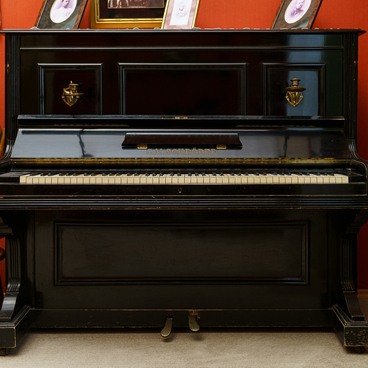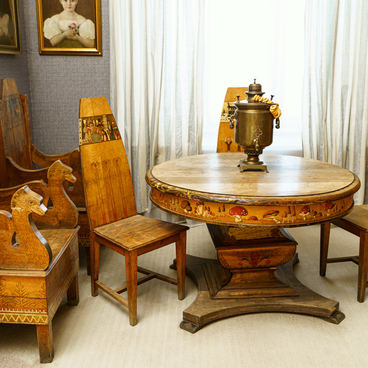A buffet is a specialized piece of furniture that consists of several cabinets. Family porcelain and silverware are stored on its glass shelves. Necessary linen and metal utensils for dinner are kept in its special drawers. Large, closed shelves at the bottom of the buffet are designed for heavy items such as kettles, plates, bowls, and cups.
The first buffets with doors and shelves began to appear in France in the 17th century. They were used as storage cabinets for dishes. Buffets came in different shapes and sizes depending on the room they were placed in, such as the kitchen, living area, or dining room.
The buffets were available in both single- and double-tiered designs. They were fitted with doors and locks and were divided into separate compartments using carved shelves for easier storage of dishes. A table with a niche separated the lower and upper sections of the buffet. This design proved to be most convenient and it was this shape that spread throughout Europe and came to Russia.
Over time, buffets began to be used in the process of preparing snacks. However, each country adapted the buffet’s niche for their own needs. For instance, the French used the niche for displaying bottles of wine and fruit vases. Germans used it for large beer mugs and decorative vases. Russians placed a samovar, a tray, and a kettle for heating water on the buffet’s niche. Thus, the buffet served both practical and decorative purposes.
The façades of buffets were often decorated with carved overlays. Buffets were painted with dark and bright oil-based paints; some people preferred lighter shades. Masters from the Vologda and Arkhangelsk governorates painted flowers in vases or pots on the buffet’s panels.
Among poorer people, the buffet only became widespread in the first half of the 20th century. In Russian villages, there were various types of buffets: low dining buffets that were elongated along the horizontal axis, corner buffets which in the central regions were known as “hills” (“gorki”), and commode-type buffets, or dressers, which were in great demand due to the small size of apartments in Central Russia. In the north, buffets were referred to as “cabinets for dishes”.







